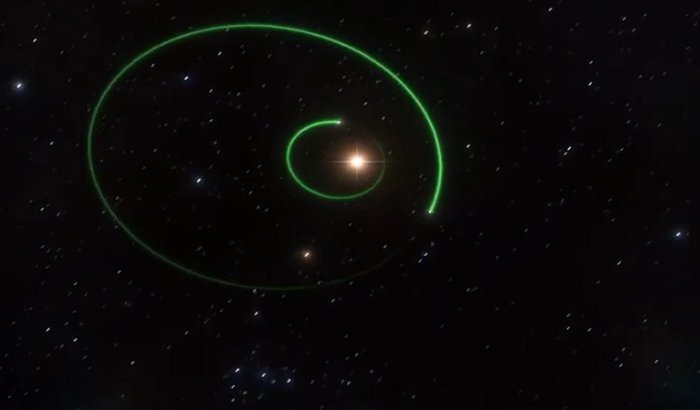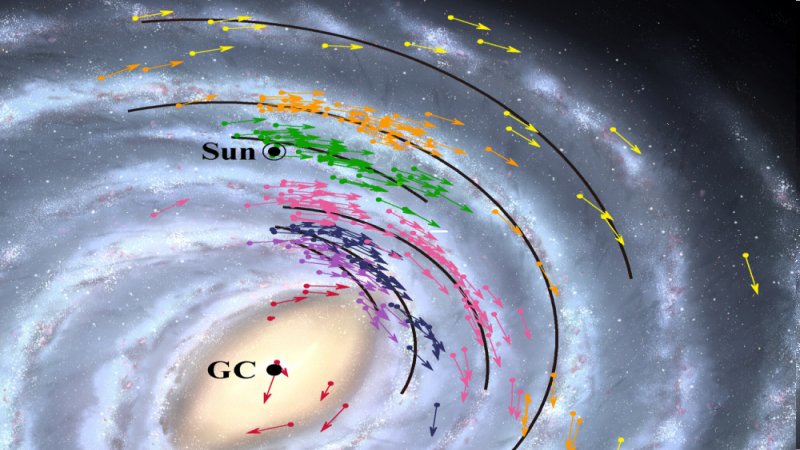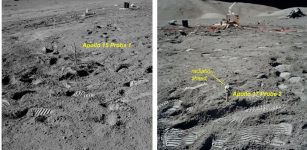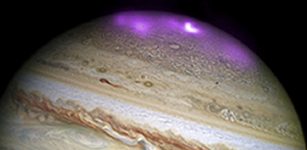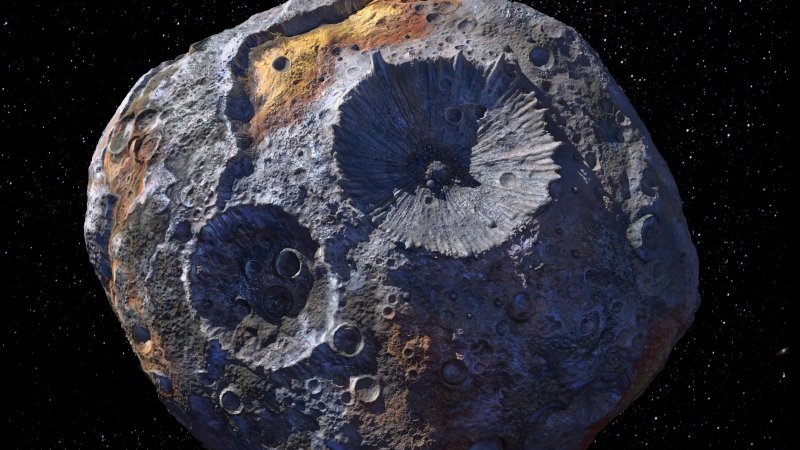Super-Earth And Neptune-Mass Exoplanets More Frequent Than It Was Believed
Eddie Gonzales Jr. – MessageToEagle.com – An international team of astronomers has discovered the first large gas giant orbiting a small star. The planet was found orbiting the nearby red dwarf star GJ 3512.
The Institute for Astrophysics at the University of Göttingen calibrated the data, a task that is fundamental to understanding the minute effect the motion of the planet or planets exert on a star. To discover the planets, the astronomers used the Doppler technique, which monitors the back-and-forth motion of a star when it is orbited by one or more planets.
“As their name indicates, red dwarfs emit most of their light in the red and near-infrared parts of the spectrum. CARMENES was designed to make optimal use of all the light wavelengths where the stars are brighter,” explains Professor Ansgar Reiners, from the Institute for Astrophysics at the University of Göttingen, in a press release.
“Despite the fact that optical high-resolution and stabilized spectrographs have existed for a while, for example, HARPS, near-infrared ones represent new technology.”
The star was so faint that it almost did not make it into the list of targets. However, once the data had been analyzed, it was clear that its behavior suggested something very interesting.
The star’s velocity was changing very rapidly and consistently, indicating the presence of at least one massive companion, an unusual feature for a red dwarf. In addition, the irregular orbit of the newly discovered planet suggests the possibility of an earlier collision with another planet meaning there could be a wandering world in the galactic void.
Written by Eddie Gonzales Jr. – MessageToEagle.com Staff

